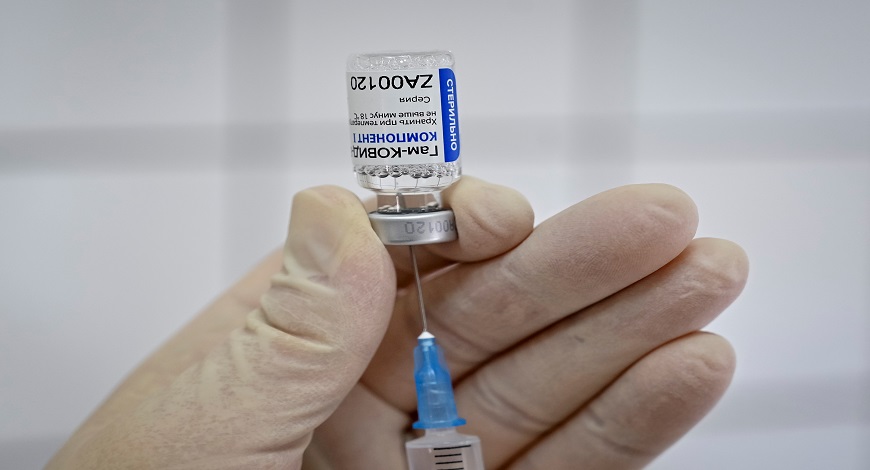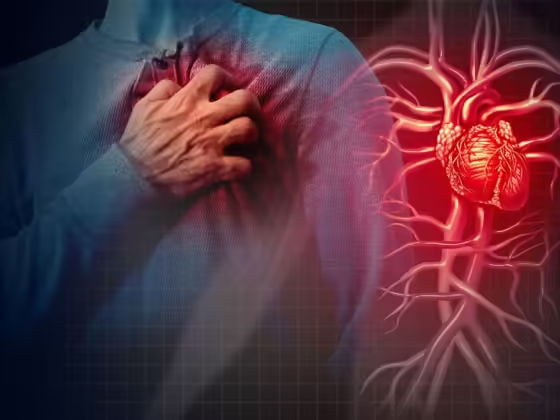Priti Deshpande – Founder – For mi
Pads/Tampons
Most of us are familiar with tampons and pads. They’re very convenient, disposable, and easy to use (once you get the hang of it). Pads/Tampons are a simple and easy choice when it comes to Period products. The disadvantage associated with them are that women sometimes feels the pads uncomfortable or find that it is not suitable for certain types of physical activities. And when woman perform physical activities with pads, she gets irritating rashes and her overall area near vagina becomes dark.
Also, it gives foul odor as it gets direct contact with oxygen by generating bacteria. Also, overgrowth of bacteria with tampons can lead to Toxic Shock Syndrome infection. On top of this, tampons are super-absorbent in nature and makes vagina dry not only absorbing blood but also natural lubricant from vagina.
Environmental impact
Unfortunately, this straightforward solution can have a significant impact on the environment.
Due to the makeup of tampons and pads, which often contain plastic, they contribute largely to waste on our planet and in our oceans. According to a study, Around 12.3 billion sanitary napkins, amounting to 113,000 tons of waste, reached India’s landfills and ocean every year.
When these sanitary napkins/Tampons are dumped, they take around 500-800 years to degrade. If these napkins are burnt, they release toxic gases unless it is done at a temperature of 800 degrees which requires a lot of energy. Therefore, we need to get serious about the Period products being used so that it does not cause environmental hazards as well as physical harms.
Although they are a fantastic option for many around the world, when it comes to the environmental aspect, tampons/pads are perhaps not the most sustainable period product.
Economics of a period
In terms of cost, a box of pads/tampons isn’t going to break the bank. But these products can start to get expensive when you add up the monthly cost.
It’s been found that the average woman spends 1lakh rupees on pads/tampons in their whole lifetime. This is a point worth considering if you are thinking of switching to another type of period product for economic reasons.
Your health is your wealth
Just like with any Period product, there can be some health issues associated with using pads/tampons.
Some pads/tampons can contain chemicals and substances that can throw off your natural balance and can lead to reproductive cancer.
Period cups
The next product we have is the Period cup. Unlike tampons and pads, Period cups collect blood rather than absorb it. But how does that compare against the other Period hygiene products?
Environmental impact
Period cups have been around for years but have recently gained popularity as a sustainable way to manage periods.
Since for mi cup material has been tested to last up to 10 years, there is potential to reduce the use of up to 4000 pads/tampons and their associated packaging per use. This is a good option to choose if you are looking to reduce your individual environmental impact.
With the For mi period cup, the packaging is kept to a complete minimal. The box itself is made from paper cardboard, and the instructions are printed on the inside, reducing waste and eliminating the need for plastic.
Money, money, money!
There’s no denying that the initial purchase price of a Period cup is more expensive than a box of disposable tampons and pads.
Disposable tampons and pads are economical in comparison to a Period cup, but you will have to buy them every month, whereas a Period cup can last for 10 years with one time investment.
Cups are a reliable and sustainable option for many. This is especially important for those who are in low-income families or developing countries, where period poverty is prevalent.
Also, for mi period cup is made from 100% medical-grade silicone that is completely safe to wear inside the body.
The cup is also free from any known allergens and the silicone does not contain any hazardous chemicals or toxins.
Tampons vs. Period cups vs. pads – which is best?
So, which Period product is the best? Disposable tampons and pads contribute significantly to environmental pollution, although they do provide many around the world with an easy and cheap way to manage their periods.
In terms of the most sustainable and most environmentally friendly product is period cups .
This product has the least impact on landfills and the environment and are two great sustainable options.
If you do want a more discreet way of managing your period, then maybe period cups are the most suitable choice for you.
With period cups, there are no tell-tale signs that you’re on your period, but if you are not comfortable with inserting a Period cup, period underwear is a also new, reliable, environmentally friendly, and sustainable option that is worth considering for your next cycle.











